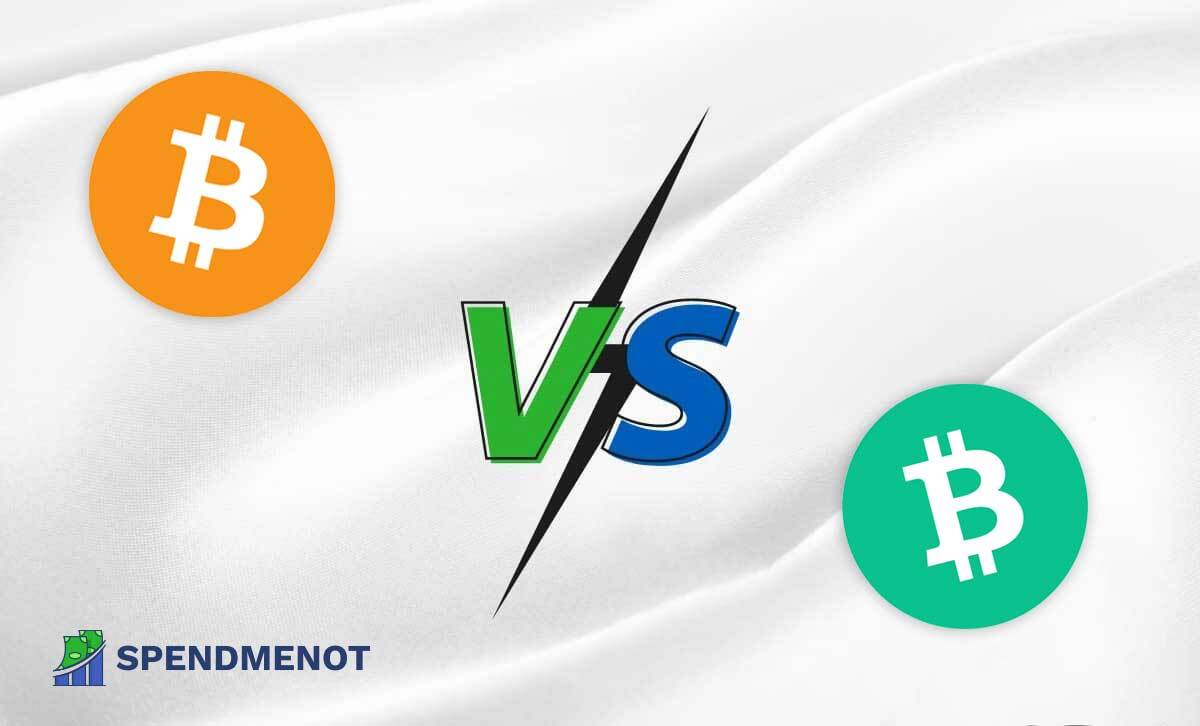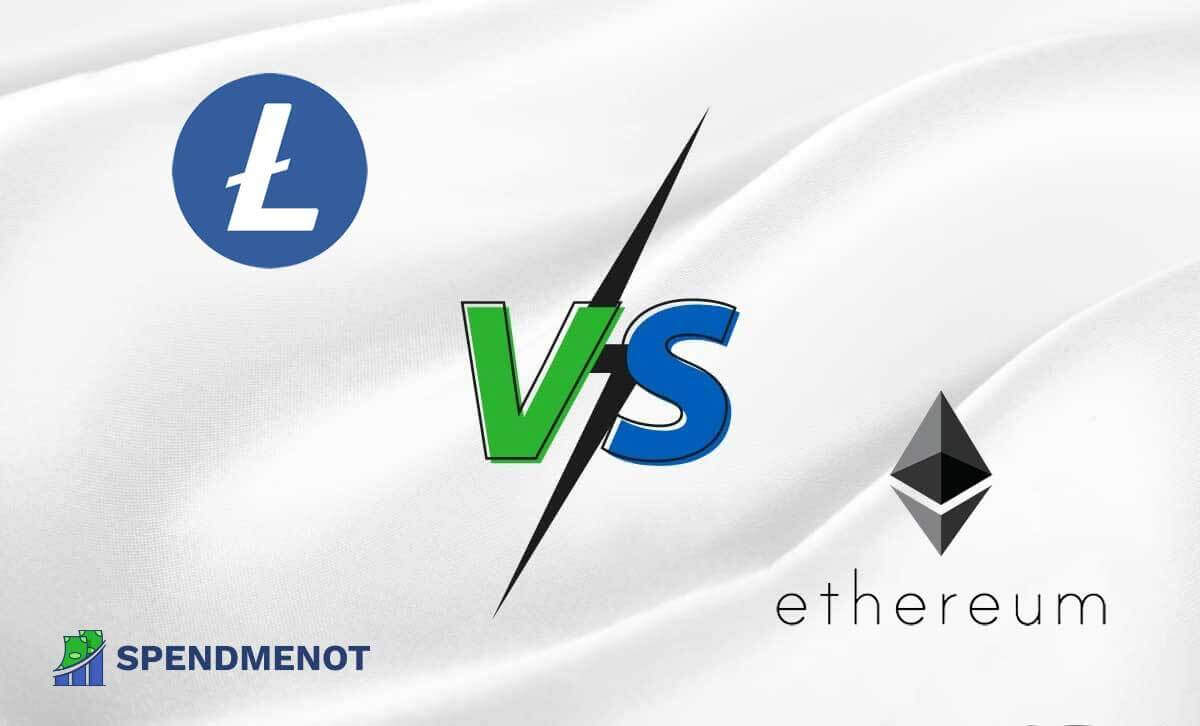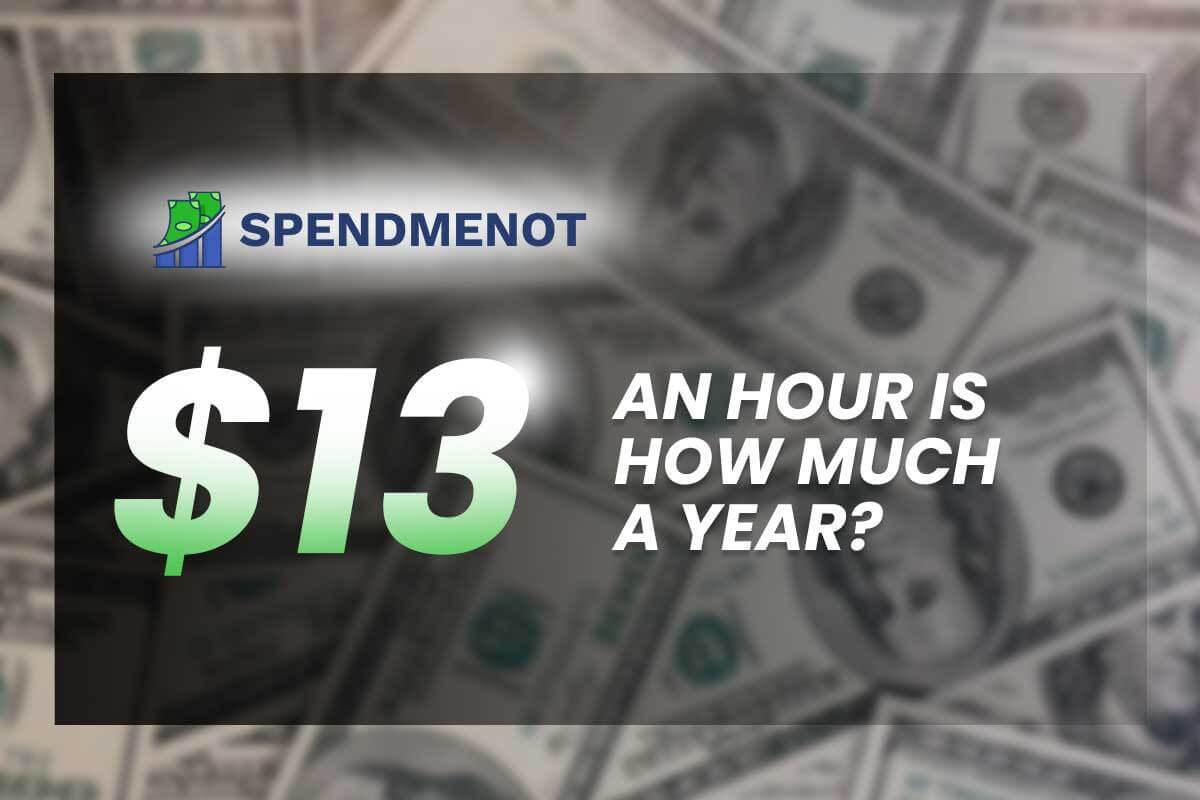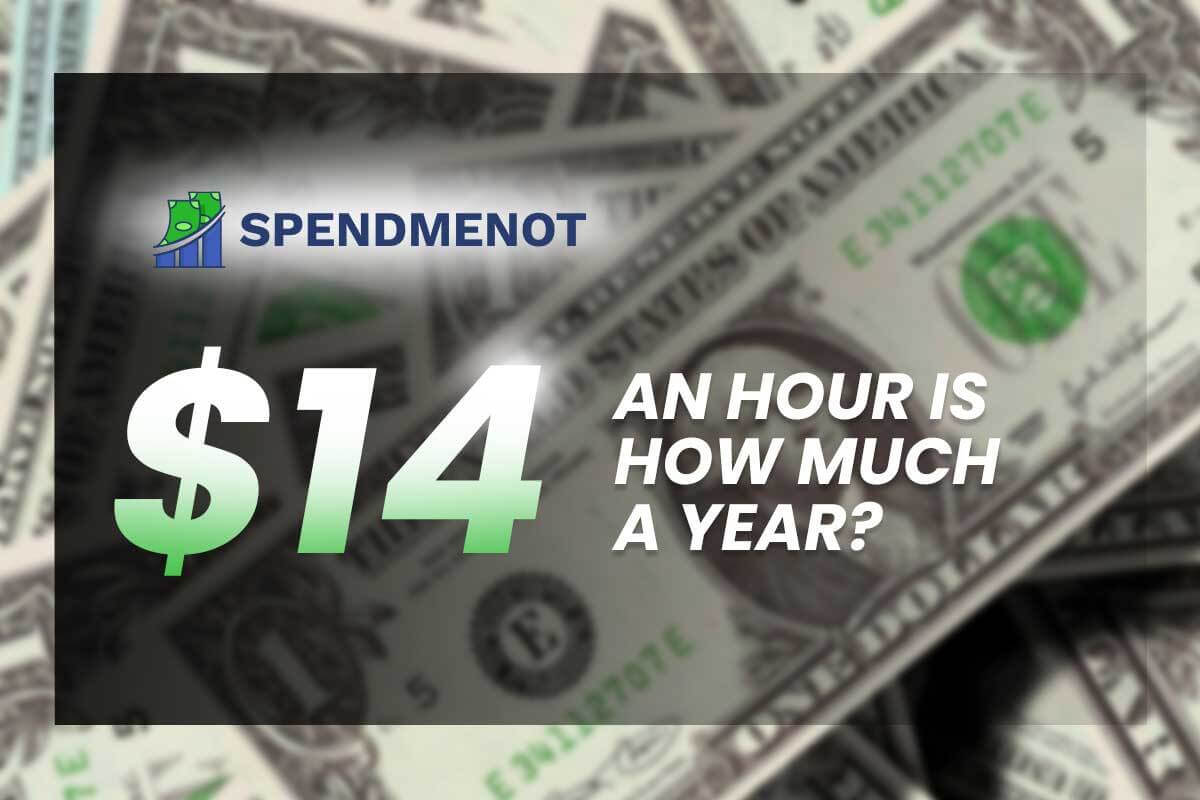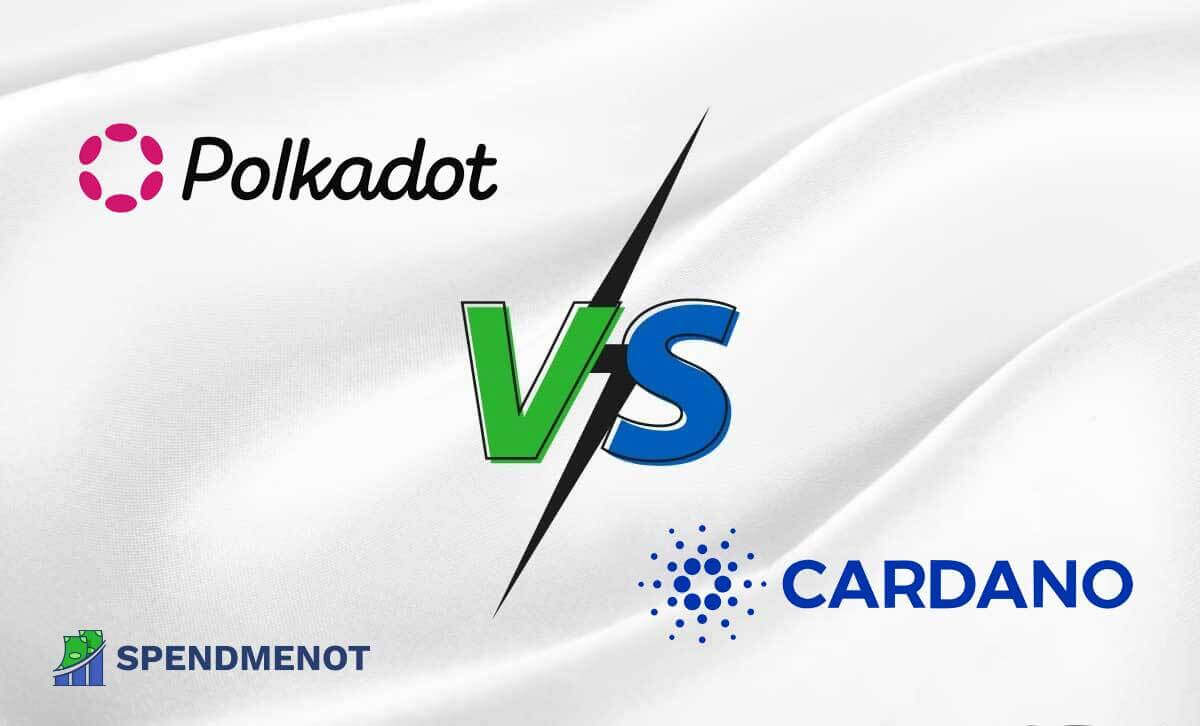Credit Card Refinancing vs Debt Consolidation
Last Updated: January 11, 2023
What Is Credit Card Refinancing?
What Is a Debt Consolidation Loan?
Benefits of Refinancing with a Balance Transfer Credit Card
Downsides of Refinancing with a Balance Transfer Credit Card
Benefits of Debt Consolidation Loan
Downsides of Debt Consolidation Loan
Credit Card Refinancing vs Debt Consolidation Loan: Which One Is Better?
When you have a lot of credit card debt, it can feel like you’re swimming in quicksand. You know what you need to do – get rid of the debt as quickly as possible. But it’s not always easy to know how to go about it. Two popular strategies are credit card refinancing and debt consolidation. So, what’s the difference? And which one is right for you?
What Is Credit Card Refinancing?
Credit card refinancing is what you do when you transfer credit card debt to a new credit account with a lower or non-existent interest rate.
Preferably, you switch to a card with a 0% introductory APR. That rate typically expires in 12-18 months. If you can repay your debt by then, you will save money from interest charges and pay off your debt faster. However, after the promotional period ends, you return to the rates credit cards usually carry. There is also a balance transfer fee of between 3% and 5% to consider.
It’s also of note that with credit card refinancing, you keep your old credit cards and use them as normal, except that they have less debt on them, because of the balance transfer. And if those older cards offer a better interest rate than what’s available on the new ones, it’s worth keeping them open even after you’ve paid off your debt.
What Is a Debt Consolidation Loan?
Debt consolidation usually refers to getting one larger personal loan to pay off all your credit card debt.
With debt consolidation, you cancel all your old credit cards and replace them with a new single line of credit, like a personal loan. Depending on your credit profile, you can qualify for a loan with an interest rate as low as 4% or as high as 36%. These loans offer fixed monthly payments and last for a fixed period, typically two to five years.
Opting for debt consolidation can be helpful if you’re struggling to keep track of multiple payments each month. But it also means that you lose the benefits of your existing cards, like rewards or cashback.
Benefits of Refinancing with a Balance Transfer Credit Card
Transferring your high-interest credit card debt onto another, low-interest rate credit account offers several benefits. One of them is that you can save a lot of money on what would have been interest charges.
You might also be able to get lower minimum monthly payments, which will help reduce your overall monthly bills and free up more cash for other expenses in the short term. Other benefits include:
- Avoiding late fees by making all your credit card payments due dates the same
- Simplifying your finances by only having one credit card to manage and pay off each month
- Improving your credit score by paying down what could be multiple lines of debt (and also making all minimum monthly payments on time)
Downsides of Refinancing with a Balance Transfer Credit Card
Of course, there are some downsides to consider before transferring your high-interest debt onto another credit card. For starters, you might not be able to find a balance transfer offer with no interest charges. If you do find one, the introductory period might be shorter than what you’re currently paying on your credit cards. For example, what if you only have six months of no interest while what’s left on your debt is eight?.
Also, keep in mind that balance transfer fees can go up to 5% of the amount. Since this is deducted from what gets deposited into the new account, it could take a bite out of your potential savings.
Another downside to transferring high-interest credit card debt onto another account is that it could actually increase your overall utilization rate. This is the percentage of available credit you’re using at any given time. A high utilization rate can negatively impact your credit score, so if you’re planning on applying for a loan or credit card in the near future, you may want to consider other options.
Benefits of Debt Consolidation Loan
One benefit of consolidating your credit cards into one personal loan is that you’ll get what’s called an “installment” payment plan. This means the amount you owe will be divided into smaller monthly payments over what’s usually a longer period of time. A personal loan can also help you pay off your debt faster and save money on interest charges through what’s called “amortization.”
Another benefit is the fact that personal loans usually have a fixed interest rate. This means that your monthly payments will be the same for the entire life of the loan, which can be helpful budgeting-wise.
Downsides of Debt Consolidation Loan
Of course, there are also downsides to consolidating your credit card debt into one personal loan. One is that it could increase your total amount of monthly payments, especially if you stretch out the loan over a longer period of time.
Another downside to refinancing credit card debt into a personal loan is that your utilization rate could go up if you take on too much new debt. This could negatively impact your credit score, just like what happens when you max out your credit cards.
Credit Card Refinancing vs Debt Consolidation Loan: Which One Is Better?
The answer to this question really depends on your specific financial situation. If you can pay off what you owe during the no-interest period, then credit card refinancing is a great way to save money on interest charges. However, if there’s a good chance you won’t be able to repay what you’ve transferred within the introductory period, then you might want to consider a debt consolidation loan.

